Why Taking Care of Your Liver Will Leave You Feeling Shiny and New

Most of us have felt that special feeling. You know the one. Great night out with friends, maybe even a special someone. And then the next morning rolls around. THAT feeling.
You wake up to a pounding head, nausea, aches, brain fog and an inability to focus. That’s your liver screaming at you.
Those extra few drinks just needed to happen, huh?
So those are obvious signs that we recognize easily, but did you know that when your hormones are out of whack, your blood sugar is erratic, and you constantly feel sluggish, your liver is STILL speaking to you?
Most of us are great at listening to our bodies when we experience something as uncomfortable and excruciating as a bad hangover, but we’re more likely to ignore the signs when they’re less obvious or when they require lifestyle changes that we may not want to make.

The liver is the largest internal organ and has extraordinary resiliency, as it’s bombarded daily with an onslaught of assaults from air pollution, environmental toxins, medications, and microorganisms (bacteria, mold, fungi, and viruses).
“We are exposed to 6 million pounds of mercury and over 2.5 billion pounds of chemical toxins each year,” according to Dr. Mark Hyman.4 But the amazing liver isn’t fazed—it has the highest regenerative capacity of any organ in the body.
It’s clear that it takes a lot to knock the liver down, but somehow, in our crazy, high-stress lives, we find a way to do just that.
Impaired detoxification and liver function is the predecessor of many systemic diseases, including liver disease. At least 30 million people, or 1 in 10 Americans, has some type of liver disease.1
If you consider some of the other conditions where liver function is important, including autoimmunity, cancer, cardiovascular disease, diabetes, and high cholesterol, it’s obvious that proper liver function and detoxification are central to health. So it’s important that we recognize the signs of impaired detoxification before it has the chance to become a full-blown condition, because reversing it is much easier than reversing most chronic diseases.

What Exactly is Liver Detoxification?
Detoxification is the process of transforming and removing harmful substances from the body. Normally, the liver takes a toxic substance, then neutralizes and transforms it so that it can be eliminated in a healthy way that doesn’t damage the body.
Once your liver detoxifies and breaks down a substance, it’s excreted to the blood or bile for elimination. Blood products are filtered through the kidneys and eliminated as urine, while bile products are sent to the intestines and eliminated as feces. Some items are also eliminated through sweat and breathing.
When detoxification doesn’t occur efficiently and properly, the liver becomes taxed and sluggish, which impacts almost every system of the body in some way. The liver plays a role (to varying degrees) in most biological functions, being responsible for over 200 tasks. Here is a short list of some other liver functions that detoxification impacts:2,3
- Conversion of harmful ammonia to urea
- Clearance of bilirubin (if there’s a buildup of bilirubin, the skin and eyes turn yellow in a condition called jaundice)
- Storage of essential vitamins and minerals, and conversion to their biologically active forms
- Regulation of amino acid and protein metabolism
- Maintenance of hormone balance
Impaired detox results in changes to all of the above processes, which can manifest as imbalanced hormones, high cholesterol, blood sugar abnormalities, decreased immune function, increased inflammation and pain, and a variety of symptoms ranging from fatigue and brain fog to rashes and headaches.
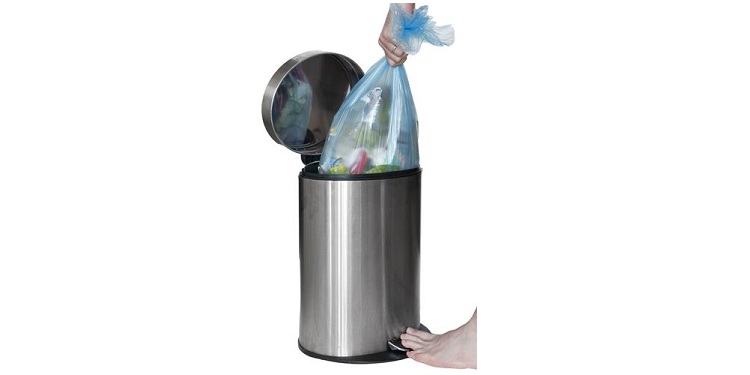
How Does Liver Detoxification Become Impaired?
Impaired liver detoxification occurs when any substance or disease process compromises the liver’s ability to perform its basic metabolic functions.
When your liver can’t function properly, toxins and metabolic waste back up and accumulate in your body, making you feel horrible and causing damage to your cells.
A good way to imagine this is to think about it like taking out the trash. If you empty the waste bins throughout your house daily, even every couple of days, you’re probably in good shape.
But what if you let it pile up for a month, or even a year? Pretty soon you’re looking like you belong on a late-night cable TV show because your house is teeming with bacteria, mold, parasites, and volatile chemicals, soon to be deemed uninhabitable by the health department. When your liver can’t empty the trash on a continual basis, this is what happens inside your body.
Damage to your liver cells can occur through a variety of mechanisms:3
- Metabolic disorders such as obesity, diabetes, and fatty liver
- A high sugar and carbohydrate diet or processed foods
- Illnesses that produce toxins and inflammation or promote malabsorption
- Infections such as Candida, viral hepatitis, and any GI infection/dysbiosis
- Drugs and supplements
- Pollutants, chemicals, and heavy metals such as BPA, parabens, smog, pesticides, fluoride, mercury, arsenic, etc.
What all of these processes have in common is that they damage liver cells in some form, whether from oxidative stress, inflammation, or a lack of the nutrients the liver needs in order to work properly. The damage results in impaired detoxification systems.
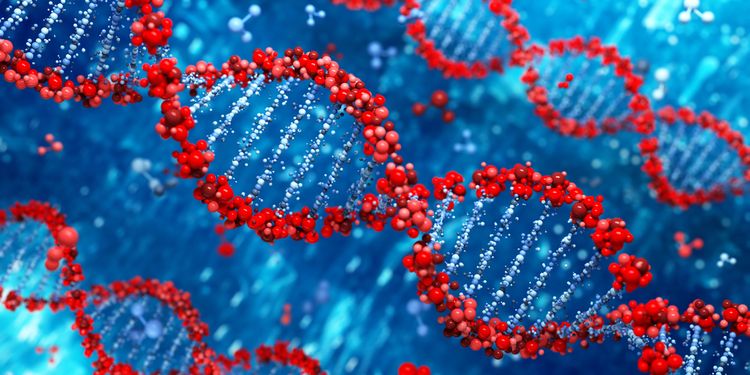
Detoxification processes in the liver are controlled by many genes and the Phase 1, 2, and 3 detoxification pathways. In order for detoxification to occur properly, the genes that control the process need the correct nutrients and environment (epigenetics) to properly regulate the enzymes that control the detoxification pathways.
One group of genes that have received publicity lately are the methylation pathway genes (MTHFR, MTRR, CBS, COMT, etc.), and rightfully so. This group of genes plays a central role in detoxification, as well as neurotransmitter, hormone, and amino acid metabolism, cardiovascular health, DNA synthesis, and gene regulation.
Sometimes there are changes in a gene—SNPs, or single nucleotide polymorphisms—that alter the function of the corresponding enzyme that controls a process such as detoxification.
When you have an SNP, it changes the gene’s instruction manual, which alters the way the enzymes work.
For instance, if you have one copy of an MTHFR (methylene tetrahydrofolate reductase enzyme) gene SNP, you’ll have a 30% reduction in the activity of the enzyme. If you have 2 copies of the SNP, you’ll have a 70% reduction in enzyme activity and significantly impaired detoxification. Many people have multiple SNPs in this pathway, resulting in reduced detoxification capacity.
Similarly, the 60 cytochrome P450 (CYP450) family of enzymes that are primarily found in the liver play a significant role in the breakdown of toxins. SNPs affect the CYP450 enzymes as well—especially those involving drug metabolism.
“Depending on the gene and the polymorphism, drugs and supplements can be metabolized quickly or slowly. If a cytochrome P450 enzyme metabolizes a drug slowly, the drug stays active longer and less is needed to get the desired effect. A drug that’s quickly metabolized is broken down sooner, and a higher dose might be necessary to be effective. Cytochrome P450 enzymes account for 70 to 80 percent of enzymes involved in drug metabolism.”5
The Phase I detoxification system is controlled by these CYP450 enzymes and is the first step toxins go through in the breakdown process. Once toxins enter this pathway, the substance undergoes a chemical transformation, producing an intermediate that’s often as toxic or more toxic than the original substance.
This isn’t a big problem if your Phase 2 detoxification pathways are sufficient, but there can be SNPs here too, reducing the process’ efficiency and causing you systemic problems.
Phase 2 detoxification reactions involve the conjugation (coupling) of the Phase 1 intermediate to a substance, making it water-soluble and suitable for elimination via urine and bile (feces).
The Phase 2 conjugation reactions are glucuronidation, sulfation, methylation, acetylation, amino acid conjugation, and glutathione conjugation.
Essentially, what’s happening in all of these processes is that the intermediate is combined with a specific type of molecule that neutralizes it for elimination. For example, in methylation, a methyl group (CH3) is transferred to the intermediate. Once this process takes place, the neutralized substance can be eliminated.
Phase 3 of detoxification takes the neutralized substance and transports it out of the liver cell to be excreted in the urine or bile.
Diet, nutritional status, illness, toxic burden, dysbiosis, and SNPs all affect the efficiency of the detox pathways, and vice versa. Identifying any potential roadblocks and cleaning up your personal environment and/or lifestyle is necessary to have detoxification systems running at peak performance.
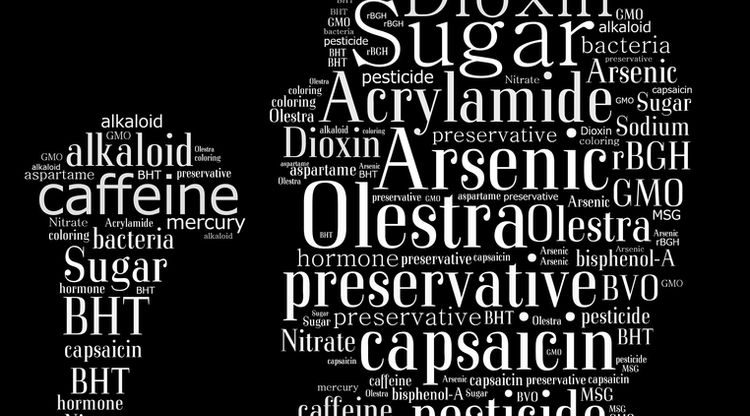
Triggers of Impaired Liver Detoxification
We have toxins around and inside us that come in many forms. If we don’t have healthy detox processes, they accumulate and cause damage all over our bodies. Common triggers of impaired liver detoxification are:
Diet: High sugar and carbs, processed foods, charred foods, xenoestrogens, water, GMOs, and conventionally-raised meats contain toxins.
Nutrients: Low levels of necessary amino acids, vitamins, and minerals impede efficient detoxification processes.
Dysbiosis: Infections and an imbalanced microflora produce toxins.
Leaky Gut: Increased intestinal permeability allows toxins into circulation that wouldn’t normally enter the bloodstream.
Toxins: Medications, supplements, alcohol, and environmental chemicals and metals burden the detoxification pathways and can directly damage the liver.
Stress: Psychological stress, toxic relationships, and illness produce biochemical changes that impair detoxification.
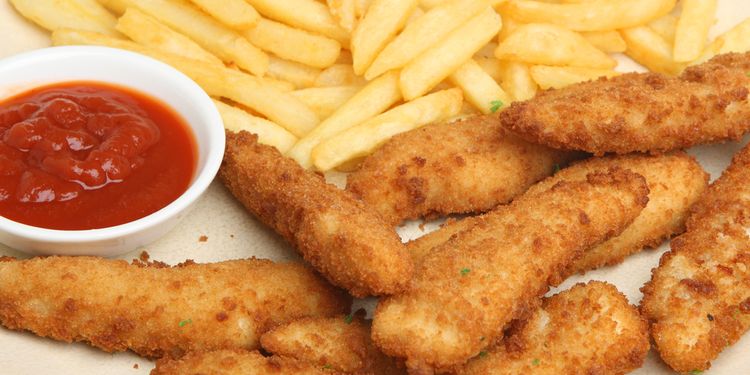
Diet
Dietary triggers of impaired liver detoxification are many and significant, since you eat multiple times every day. This provides lots of opportunities to ingest something harmful.
High sugar and carbohydrate diet: When you eat excessive sugar and carbohydrates or refined foods, they need to be stored somewhere if you aren’t using them for energy. They end up stored in the body as fat and in the liver as glycogen.
Over time, if this process continues, the liver becomes inundated with fat, which compromises its function and promotes inflammation and insulin resistance, according to Dr. Mark Hyman.6
Processed foods: Any foods that come from a package may contain trans fats, preservatives, colorings, dyes, additives, and artificial sweeteners that are seen as toxins by your body. Additionally, some foods you think are safe may not be. Most cans are lined with BPA, rendering the foods inside very unhealthy.
According to Dr. Joseph Mercola, “High acidity—a prominent characteristic of tomatoes—causes BPA to leach into your food. BPA is a toxic chemical linked to reproductive abnormalities, neurological effects, heightened risk of breast and prostate cancers, diabetes, heart disease, and other serious health problems.”7

Charred/browned foods: Cooking foods until they have color may impart lots of flavor, but you’re also getting a hefty dose of toxins along with it. Grilling is the worst culprit.
Dr. Mercola says, “Heterocyclic amines (HCAs) are hazardous compounds created in meats and other foods that have been cooked at high temperatures.
Similarly, polycyclic aromatic hydrocarbons (PAHs) form when fat drips onto the heat source, causing excess smoke, and the smoke surrounds your food, transferring cancer-causing PAHs to the meat.”7 HCAs and PAHs are also present in deli meats.
Xenoestrogens: Xenoestrogens are substances that mimic the hormone estrogen. Foods and chemicals are sources of these compounds. Not only are they endocrine disruptors, but also toxins and carcinogens. Soy is the most common dietary source. Consumption of soy is linked to infertility, thyroid disruption, and breast and prostate cancers. Toxins produced in the processing of soy include nitrosamines, lysinoalanine, MSG, and aluminum.7
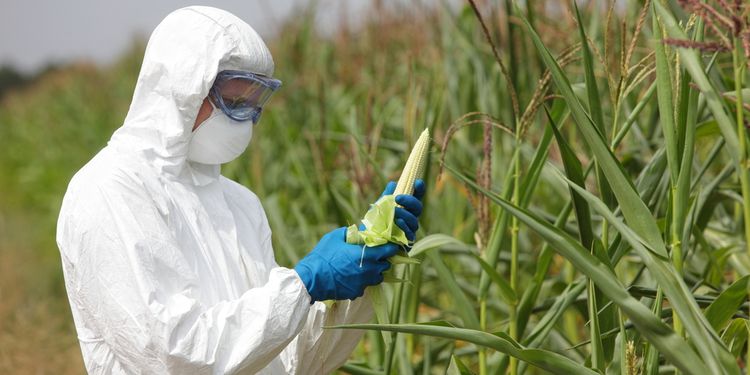
Water: Water can be one of the most toxic things we consume daily. Water can have microorganisms, chlorine, fluoride, agricultural and manufacturing runoff, pesticides, or heavy metals. Dr. Deanna Minish states, “Current estimates suggest that there are more than 2,000 toxins in tap water.”14 Bottled water is often not much better.
GMOs: Genetically modified foods contain genes that aren’t native to the original organism, and your body sees them as foreign and toxic. Corn, for instance, might contain Bt toxin or Roundup Ready genes so that it withstands pests better. These toxins degrade the stomach of the target insects and are now found to be harming humans, causing allergies and immune system activation similar to that of inflammatory conditions.8
Further, the pesticide Roundup (glyphosate) has been proven to have harmful mechanisms. According to Dr. Mercola, a recent study found that “glyphosate inhibits cytochrome P450 (CYP) enzymes, a large and diverse group of enzymes that catalyze the oxidation of organic substances.” This, the authors state, is “an overlooked component of its toxicity to mammals (which means humans).
By limiting the ability of these enzymes to detoxify foreign chemical compounds, glyphosate enhances the damaging effects of those chemicals and environmental toxins you may be exposed to.”9

Conventional meat and produce: Food grown or raised with conventional methods (non-organic) has some level of toxicity. Meat, poultry, and fish can be given antibiotics and drugs that affect their growth.
Vegetables and fruit can contain pesticides or be genetically engineered. One potent class, the organophosphates, are linked to infertility and impaired growth and development, and they’re known neurotoxins.
Nutrients: In order for detoxification to proceed the right way, it requires adequate amounts of the necessary raw materials to do so. These include amino acids, B vitamins, minerals, antioxidants, and sulfur-containing compounds. Deficiencies will result in impaired detox processes.

Dysbiosis
Dysbiosis occurs when there’s an imbalance between the beneficial and harmful organisms in your body, especially in the gut.
When this happens, the bad guys can produce toxins themselves or even undo all of the work the liver has done (deconjugation), allowing toxins back into circulation. While many organisms produce toxins (bacteria, mold, yeast, and parasites), here are some examples:
Candida: Yeast ferments sugars into ethanol and acetaldehyde, which are carcinogens that cause alcohol toxicity and hangovers. Candida increases levels of ammonia, which is another toxin.3 Yeast also produces toxins that allow them to bore into the intestinal wall, as some parasites and bacteria do.12
Clostridium difficile: Also known as C. diff, this bacteria produces several toxins that act on the gut and other cells of the body. These toxins are responsible for the awful diarrhea associated with an acute C. diff infection.
Mold: Molds are ubiquitous and often ingested in air and food. According to Dr. Jill Carnahan, “Some molds secrete mycotoxins. Exposure to mold and mold components is well known to trigger inflammation, allergies and asthma, oxidative stress, immune dysfunction, and neurological damage in humans.”13
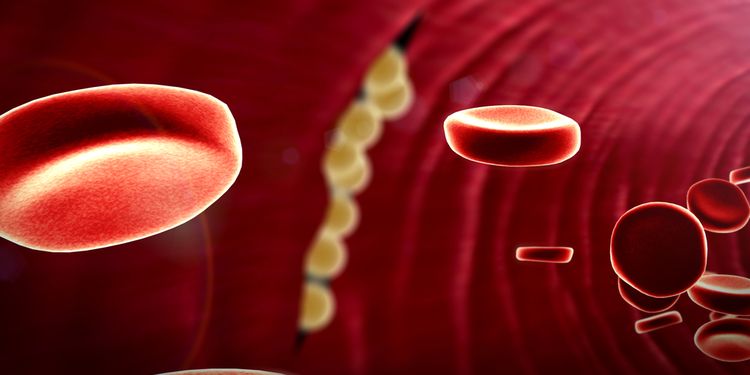
Leaky Gut
Increased intestinal permeability, also known as leaky gut, occurs when the cells that line the intestinal tract become irritated and compromised, actually spreading apart and allowing particles that wouldn’t normally enter the bloodstream to pass through. This causes the immune system to react to these substances, producing inflammation.
Some of the irritants that cause leaky gut are toxins ingested in medications, alcohol, food, and water, as well as the byproducts of any allergic or sensitivity reaction. Further, dysbiosis and any gut infections compound this effect by the contribution of the toxins they produce.
When you have a leaky gut, your overall toxic burden is increased, because many more substances enter circulation than usual, and your liver has to detoxify all of them. This can place a significantly increased burden on the liver.

Toxins
Toxins are everywhere in our modern society. Unfortunately, our exposure to medications, supplements, chemicals, pesticides, pollutants, petrochemicals, heavy metals, tobacco smoke, and even alcohol are byproducts of contemporary living, and most of us have exceeded our liver’s natural capacity to cleanse us. If we can’t rid ourselves of these toxins, they accumulate and are stored in the body.
Heavy metals are everywhere—in the soil, in our homes and food, and as byproducts of industries, car exhaust, and tobacco smoke, so they’re hard to avoid. Things like lead, mercury, arsenic, cadmium, and aluminum are damaging toxins by themselves, but they also compromise our detoxification pathways, making matters worse.
According to Dr. Mark Houston, “Mercury, cadmium, and other heavy metals have a high affinity for sulfhydryl (SH) groups, inactivating numerous enzymatic reactions, amino acids, and sulfur-containing antioxidants (NAC, ALA, GSH), with subsequent decreased oxidant defense and increased oxidative stress.”15
This means reduced antioxidant and detox capacity. He further states, “Mercury induces mitochondrial dysfunction with reduction in ATP, depletion of glutathione, and increased lipid peroxidation; increased oxidative stress is common.”15
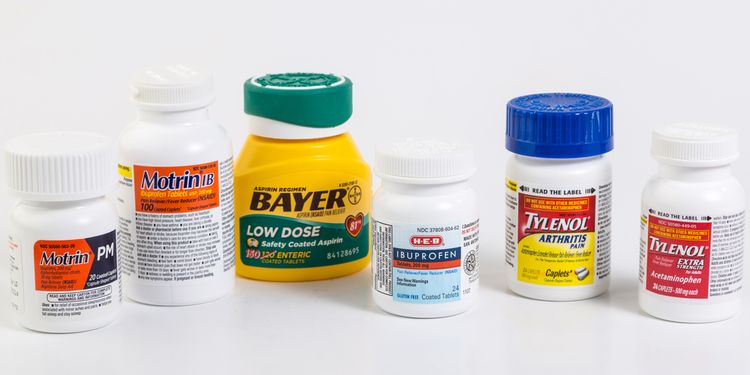
Persistent organic pollutants (POPs) include PCBs, DDT, dioxins, pesticides, flame retardants, Triclosan (the antibacterial chemical in personal care and cleaning products), and other chemicals. Like other toxins, they’re heavily present in food, water, soil, air, and products we use.
Over 80,000 POPs have been released into the environment, and we lack information on how they affect human health. We know they’re particularly toxic, causing infertility and endocrine hormone disruption as well as being immunotoxic, neurotoxic, and carcinogenic.16 They’re also linked to cardiovascular disease, obesity, and diabetes.16
Even medications and supplements can have adverse effects on detoxification by damaging the liver. Certain prescription and over-the-counter drugs list liver damage as a side effect and a risk. Some of these include antidepressants, antipsychotics, corticosteroids, non-steroidal anti-inflammatory medications (NSAIDs) (particularly acetaminophen (Tylenol)), and others.3 Some herbal supplements are implicated here as well since they can be toxic to the liver if not used appropriately, such as kava kava, skullcap, and germander.

Stress
Not only do we have toxins that come from the outside, but we also generate them from within. Psychological stress, toxic relationships, illness, and anything else that disrupts your body’s natural balance produces biochemical changes that impair detoxification. But to fully understand toxicity, you must understand the concept of total load.
Dr. Mark Hyman explains this idea well. “This is a total amount of stressors on your system at any one time, and what happens is like a glass filling over with water. It takes a certain amount to fill the glass, and then, after a certain point, you put more in and it overflows. When our detoxification system is overwhelmed, is overloaded, that’s when we start getting symptoms and get sick, but it may take years of accumulated stress and toxins to get to that point.”18
He further points out that stress is a significant contributor to the total toxic load, including “the mental, emotional, and spiritual toxins that affect us; isolation, loneliness, anger, jealousy, and hostility, which all translate into toxins in our system.”18
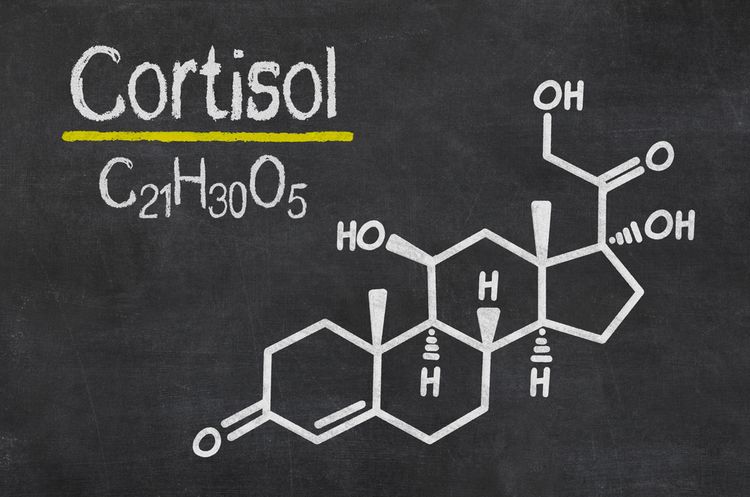
Dr. Deanna Minich elaborates on that concept, stating, “When we don’t properly ‘eliminate’ unhealthy emotions, we may experience increased levels of stress. Stress not only causes inflammation, but can elicit poor digestive function. Those who experience chronic stress have a difficult time maintaining a positive outlook on life and are at greater risk for disease and premature death.”17
Chronic stressors cause an imbalance between the sympathetic (fight or flight) and parasympathetic (rest and digest) nervous systems, producing increased levels of the stress hormone cortisol. Over time, the constant cortisol elevation and demand leads to cortisol resistance and diminished cortisol.
Cortisol is the main anti-inflammatory hormone in your body, and when levels are low, inflammation increases. This results in oxidative stress and free radical damage. This in and of itself can damage the liver, but it also increases the toxic load the liver must clean up. Further, these changes can also perpetuate dysbiosis and leaky gut.

Symptoms of Impaired Liver Detoxification
The symptoms of impaired liver detoxification are system-wide in the body.
Inflammation/immune: Pain, weight gain, lipomas (benign fatty tumors/deposits), cellulite, allergies, autoimmune conditions, recurrent infections, stuffy nose
Digestive/gastrointestinal: Gas, bloating, cramping, pain, diarrhea, constipation, inability to digest fats (oil in toilet or greasy stools), reflux (GERD), IBS, gallstones, nausea, bad breath, food sensitivities, allergies
Blood sugar: Hypoglycemia (low blood sugar), fatty liver, Type 2 diabetes, cravings
Brain/mood/energy: Brain fog, dizziness, vertigo, fatigue, lethargy, depression, irritability, poor concentration, headaches, poor sleep, poor memory
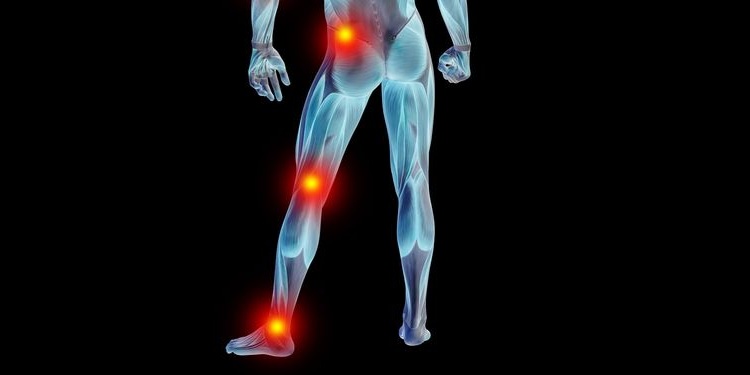
Musculoskeletal: Chronic fatigue syndrome, fibromyalgia, muscle pain, joint pain
Skin/hair/nails: Rashes, hives, dermatitis, eczema, pruritis (itchy skin), excess or lack of sweating, acne, rosacea, liver spots (brown spots), red skin, flushed face, red/itchy palms, yellow skin or eyes, itchy eyes, dark eye circles, body odor, hair loss, cankers
Hormones: Hormone imbalances, PMS, severe menopausal symptoms, inability to lose weight, infertility
Detoxification: Multiple chemical sensitivity (MCS), inability to tolerate medications or alcohol, poor tolerance to hormone treatments
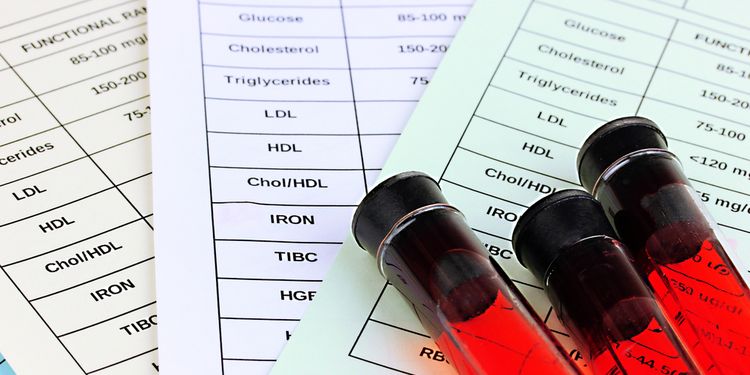
Lab Testing for Impaired Liver Detoxification
Liver function and organic acid testing is important so you know the state of your liver and detoxification pathways. When considering toxin testing, you need to be cautious, because some of the tests actually liberate toxins from storage in your cells, which can cause problems, especially if you have a leaky gut.
In general, it’s a good idea to make sure liver function has improved and the gut is healthy before testing and treating toxins.
General tests for liver function and blood sugar:
- Total bilirubin
- AST (aspartate aminotransferase)
- ALT (alanine aminotransferase)
- GGT (gamma glutamyl transpeptidase)
- ALP (alkaline phosphatase)
- Fasting insulin and glucose
- CMP or comprehensive metabolic panel (will have most of the liver tests on it)
Functional tests:
- Organic acids
- Amino acids—urine, blood
- Heavy metals testing—hair, urine, feces, blood, red blood cell
- Toxic chemicals (such as BPA, phthalates, parabens, organophosphates, etc.)
- DNA profiles for methylation and detoxification

Treatment of Impaired Liver Detoxification
Supporting healthy and robust detoxification takes a little effort. Cleaning up your diet,environment, and lifestyle and adding in some supporting nutrients will lighten the load on your liver.
Detoxifying your diet is a good place to start, since we consume foods and liquids many times every single day.
Drink lots of water every day! Have at least eight glasses to flush your system. Add some liver for an added boost.
Eating organic and GMO-free will help you avoid many toxins.
Make sure your diet is rich in phytonutrients. Certain plants are known to support detoxification. The Brassica family, which includes broccoli, cabbage, cauliflower, and kale, contains the sulfuric compounds sulforaphane and indoles (I3C) that activate the Nrf2 gene, which increases many of the detoxification enzymes, especially in Phase 2.10,11,20 Garlic also has sulfur compounds that exert the same effect. Other Nrf2 activators include curcumin from turmeric, capsaicin from hot peppers, and resveratrol from grape skin or wine.11,20

Many leafy green herbs and plants support detoxification, including dandelion greens, cilantro, parsley, watercress, and chard. Use them in cooking, salads, smoothies, and juices.11,19
Artichoke, asparagus, and beets are healing to the liver with antioxidants that prevent liver damage. Artichoke is also one of the best stimulators of bile flow.11,19
Be sure to wash your produce well—even if it’s organic.
Cook with lower temperatures to avoid generating harmful chemicals. If you must grill, marinating with olive oil, lemon, and herbs such as rosemary, thyme, and oregano will help decrease the amount of HCAs and PAHs formed.
Avoid packaged foods as much as possible, including drinks in plastic bottles.
Invest in a water filter that filters out chlorine, fluoride, metals, and microbes. Most sink-mounted and pitcher systems don’t do this.
Drinking green tea also supports Phase 1 and 2 detoxification pathways by increasing CYP activity.11,20
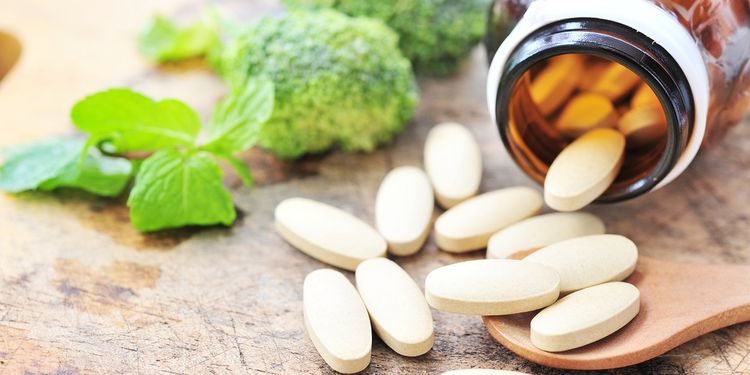
In addition to detox-supporting foods, there are nutrients obtained in supplements that directly support the liver and detoxification process.
Amino acids: This is one of the most critical nutrient groups, as these acids function in the detoxification process itself and serve as antioxidants.
N-acetylcysteine (NAC) is the precursor to glutathione, the master antioxidant of the body and a significant component of Phase 2 detoxification.
Cysteine and methionine contain sulfur and contribute to the sulfation pathways. Methionine is also a methyl donor to the methylation pathway in its activated form, S-adenosyl-methionine (SAMe). Glycine also performs conjugation down the glycination pathway.10,20
Glutathione: Taking glutathione itself as a supplement or through IV therapy is helpful when levels need to be increased.
B vitamins: The B complex vitamins, especially B5, B6, B12, and folic acid are significant co-factors in the Phase 1 and 2 detoxification reactions that help drive the reactions forward. The methylation pathway is also very dependent on sufficient levels of B12 and folic acid.
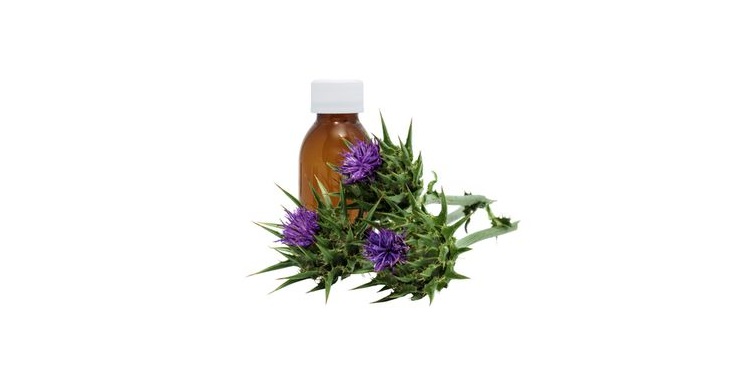
Minerals: Iron, magnesium, zinc, and selenium are all minerals that support the detoxification process as co-factors or through antioxidant functions.20
Antioxidants: Antioxidants such as alpha lipoic acid (ALA), vitamins A, C, and E, and flavonoids play an important role, since the detox process inherently produces free radicals that need to be quenched.10,11,20
Milk thistle: Silymarin is the polyphenol in milk thistle that promotes detoxification. The antioxidant capacity of silymarin can lower the liver’s oxidative stress associated with toxin metabolism, which has the effect of conserving cellular glutathione levels.11
Calcium-D-Glucarate: This nutrient helps prevent the deconjugation of toxins in the intestines by bacteria, thus preserving them for excretion.
Probiotics: Probiotics will help maintain the balance between good and bad bacteria in the gut, which supports healthy elimination and immune functions that in turn support the liver.
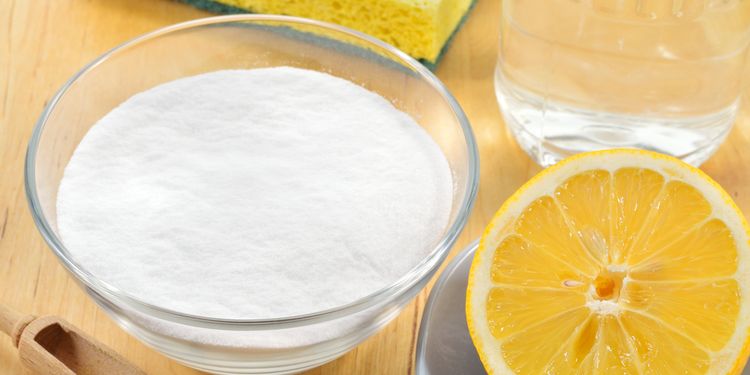
Diet and nutrients can support the detoxification process itself, but the other half of the equation involves cleaning up your world.
Lifestyle changes involve some work, since they require you to read labels, investigate your personal environment, and make some changes, but the benefits to your health are worth it.
Start reading labels: The more you know about what you put in, on, and around your body, the better. If you can’t pronounce it, you should probably avoid it. Knowledge allows you to make healthier choices for you and your family.
Clean up your products: Choose more natural personal care products, toiletries, baby products, home cleaners (especially window and bathroom cleaners), and lawn fertilizers. These products are laden with preservatives and chemicals. Baking soda, coconut oil, white vinegar, lemon, and essential oils can fill many of these roles without the unwanted toxins.
Detox your furniture and home: Furniture, paint, flooring (especially carpet), and building materials also contain chemicals that give off gas, meaning they constantly emit these toxic compounds into the air and you breath them in. Opt for more natural materials like bamboo, latex, wool, and organic cotton.

Get some houseplants: Many houseplants such as English ivy, rubber plants, peace lily, golden pothos, spider plants, Boston ferns, queen ferns, and dwarf date palms are all great at filtering toxins from the air.
Air filters: Having HEPA filtration added to your heating and cooling system will result in more toxins and fine particulates being removed from your home air.
Open your windows: Indoor air can be more toxic than outdoor air, so open your windows and let your home and office breathe.
Shower filter: Invest in a shower water filter or a whole house unit. Your skin is the largest organ in your body (and the liver is the largest organ inside) with a high capacity for absorption. It will absorb toxins in the water you bathe in.
De-stress: Lower your stress levels by finding ways to either decrease your stressors and create boundaries or find appropriate outlets like talking, journaling, or exercising. Getting out into nature can be especially helpful.

Toxic relationships: If you have a person in your life who’s causing you to feel bad, hurt, angry, or frustrated, you should let them know if you can. If you can’t, then try to limit contact with them.
Sleep: Getting 8-9 hours of sleep per night is important, since this is when your body regenerates and heals.
Exercise: Movement is essential in keeping elimination going. Moving keeps your lymph and blood pumping, promotes bowel movements, counteracts inflammatory processes, and lets you sweat.
Sauna: Sweating is also a critical component of detoxification. You can do it through exercise or using a sauna. Saunas increase circulation and metabolic rate. Studies show that many metals, especially cadmium and nickel, are eliminated through sweat at higher levels than through urine.15
Bowel movements: Make sure you have 1-2 bowel movements per day. Daily elimination through the bowels, urine, and sweat are vital for proper detoxification.
